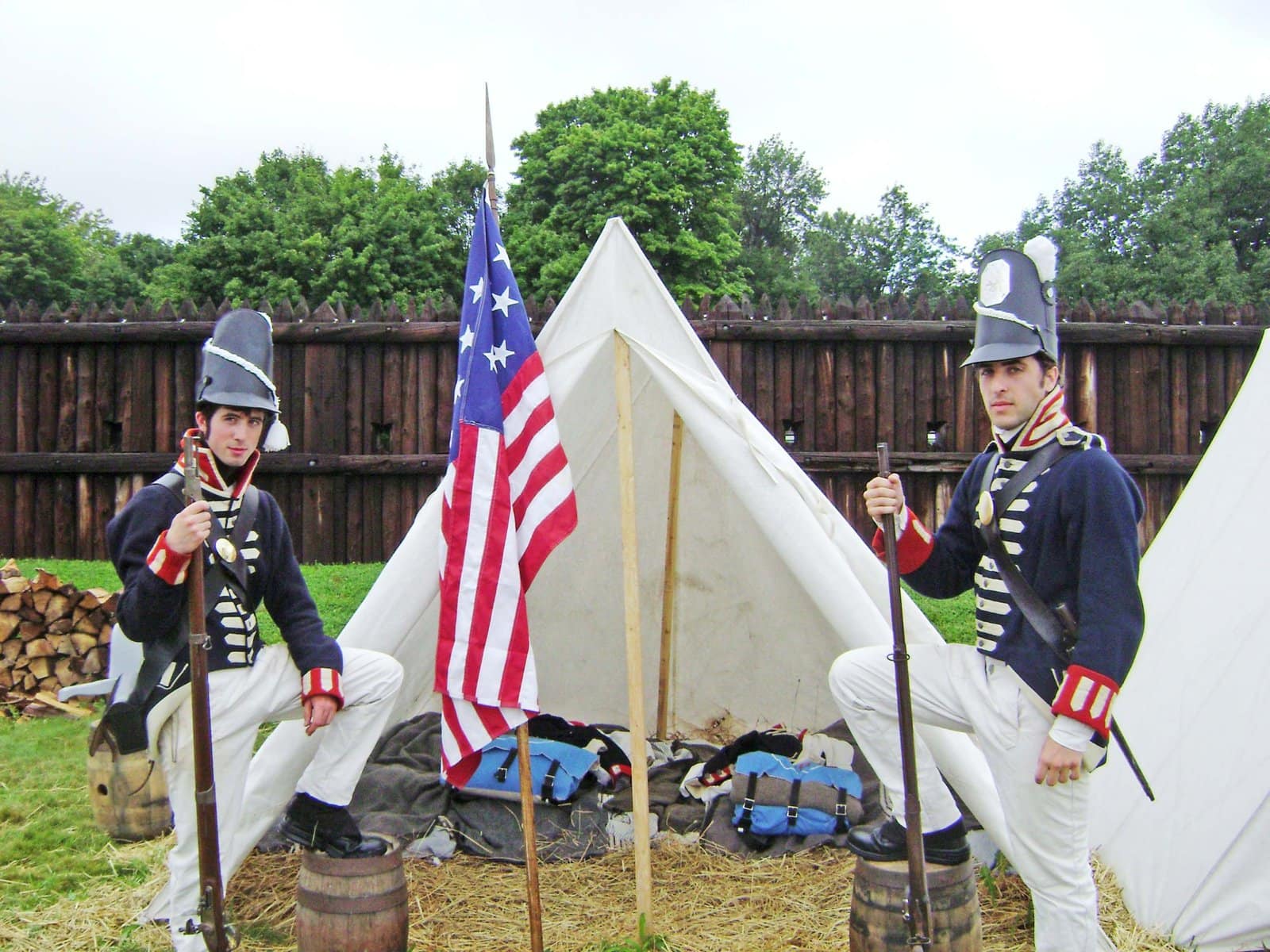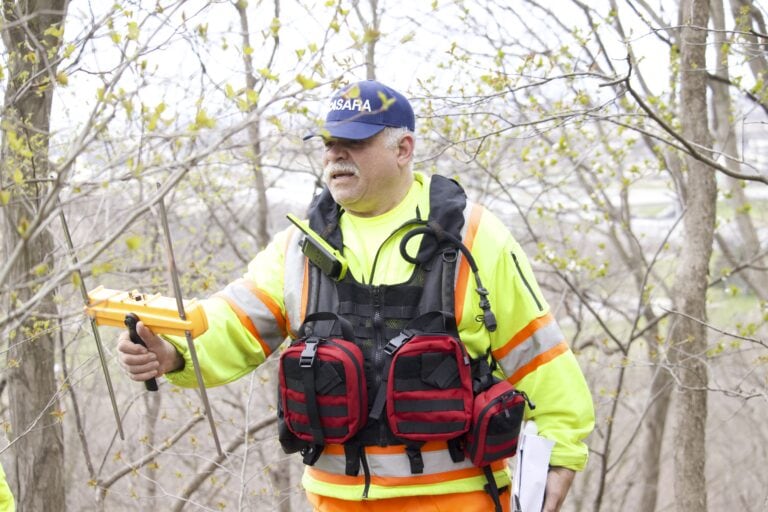This year marks the 210th anniversary of the Battle of Fort George. This is the last in a three-part series about the battle and how, for a time, what is now Niagara-on-the-Lake was controlled by the Americans.
Aiden Lord
Friends of Fort George
It’s late May 1813. The beachhead has been successfully established by the American forces, after bashing through the lines of the British defenders.
The British are routed and heading for Burlington Heights. The American force sweeps up from the landing grounds, through the streets of Niagara-on-the-Lake and into the charred remains of Fort George.
The American occupation of Niagara has begun.
Once the Americans secured Fort George, they were faced by their first set of problems.
Their supply lines had not had time to catch up with them and as a result they did not receive their tenting equipment, mess kits, rations or any other crucial supplies.
So, they were left with one option, forage.
They scrounged what they could from Government House in Newark and the surrounding land, acquiring some food and drink. They then slept on the rough ground of the fort for the night, having no alternative.
All the buildings had been destroyed, burned by hot shot from their own bombardment and finished off by the retreating British force. This was only the start to the Americans’ perilous time occupying Fort George; it essentially foreshadowed the misfortune to come.
During the coming months of 1813, their situation was not an easy one to be subjected to. No buildings were rebuilt for the force to occupy within the walls of the fort, so they lived in basic tents, a canvas village of its own, separate from the town.
The American supply chain also struggled to bear the weight of its many soldiers and they were forced to turn to alternative means. They raided farms and the nearby township for some of their food supply and, as for the remainder, they enlisted some locals such as Mrs. Whitten to bake bread for them.
In addition, they enlisted other locals to fulfil their other needs, such as the Mississauga Point lighthouse keeper’s three daughters, who were recruited as laundresses to clean the soldiers clothing.
For the Americans, it was a rather miserable and harsh summer, not knowing if their next meal would be as hearty and full as the last, if it came at all, their only respite being to retire to their tented city within the grounds of the fort.
It was decided that this stalemate had gone on long enough and the Americans, under Gen. Henry Dearborn attempted to send a large army inland.
They were repulsed in the disastrous battle of Stoney Creek on the night of June 6, 1813, and the following battles of Forty Creek (Grimsby) against the British and their Indigenous allies sent them back to Fort George.
Once again, a breakout was attempted at Beaverdams, however word was carried through of this by Laura Secord, which resulted in a large Indigenous force soundly defeating the American attackers. As a result, the Americans withdrew from Fort Erie in the south of the peninsula and concentrated their efforts and men at Fort George.
After this the British slowly encroached on the American positions, gradually surrounding them with advance pickets which would skirmish often to keep the Americans in disarray, stop them from plundering supplies or moving farther inland.
Then more ill news for the Americans struck, a typhoid outbreak in their camp incapacitated and killed many of their number. Even General Dearborn himself was bedridden.
Afterward, the general decided to focus on other fronts, slowly siphoning what men he retained at Fort George to Sackets Harbour for other plans. This left a dwindling number of Americans, who were also rather disorganized within Fort George.
By the winter of 1813, the Americans decided to retreat to their own side, abandoning their position and foothold in area.
But just before they withdrew, they told the citizens of Newark to leave their homes. They burned the village to stop it being occupied for the winter by the advancing British forces. However, this also put all the townsfolk out of their homes and shelter for the approaching winter.
For seven months, since its capture in May of 1813, the fort and town were in American hands.
Although they were plagued by many hardships during that time, it was the American “stronghold” in the British side of the peninsula, up until their withdrawal in December 1813.
- The Friends of Fort George is a non-profit, charitable organization that works with Parks Canada for the protection, preservation and interpretation of Niagara’ s national historic sites. Special events commemorating the 210th anniversary of the Battle of Fort George will include a special re-enactment weekend on July 15 and 16.










